Noob Factory Rolex Replica
Knowing These Points May Increase The Value Of Your Watch, Noob Replica Rolex
1. Be careful about storage
Moisture and dust are the nemesis of watches.
So, keeping them in a dry, constant temperature environment is best. Because moisture can enter the watch, the condensed moisture can damage the dial and cause the movement to rust. Watches from the 1940s are more sensitive to humidity, but watches from the 1960s and later don’t have to worry too much. Waterproof watches with screw-down backs that protect against water, oil, and dust tend to hold up better as the watch ages, and vintage chronographs with square pushers (watches with integrated stopwatch functions ) are more likely to let moisture in, so be careful when wearing them.
Note: Even if it is a diving watch, its waterproofness must be checked every few years after being used for several years.
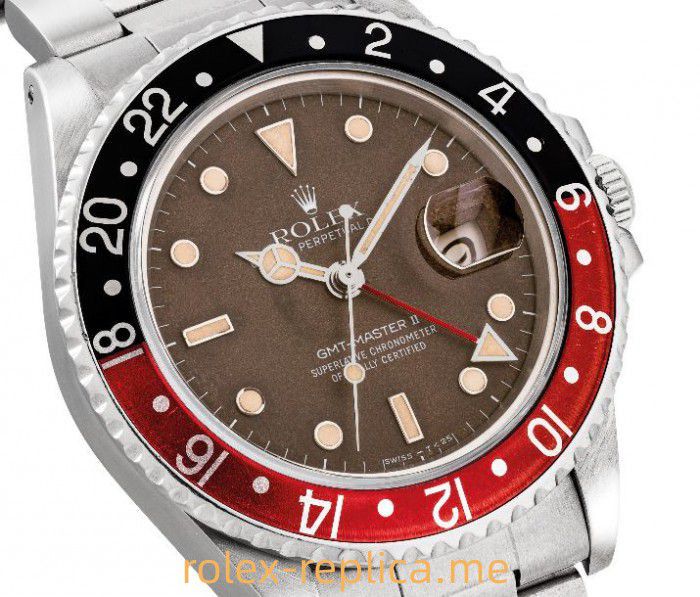
Although light can fade the black dial of an antique watch to “tropical” or “chocolate,” depending on the brand, model, and aesthetics, these particular forms of aging can add extra value to the watch, but the watch should still be stored away from light.
If there is a rotary meter, it is better than leaving it stationary. Just like a car, it needs to be driven frequently.
2. How often should a watch be maintained?
There is a vast difference in the condition of the watch between a person who often wears a watch and moves in dusty places and a person who only wears a watch a few times a year and keeps it properly. The former may require maintenance once every 1-2 years, while the latter may not for 10 years.
Also, maintenance must be more frequent if the watch is a chronograph or minute repeater.
Many manufacturers will ship the watch back to the company for maintenance. You may need to find a watchmaker who is familiar with the brand.
So, finding a reliable watchmaker for your watch is as valuable as finding a good tailor!
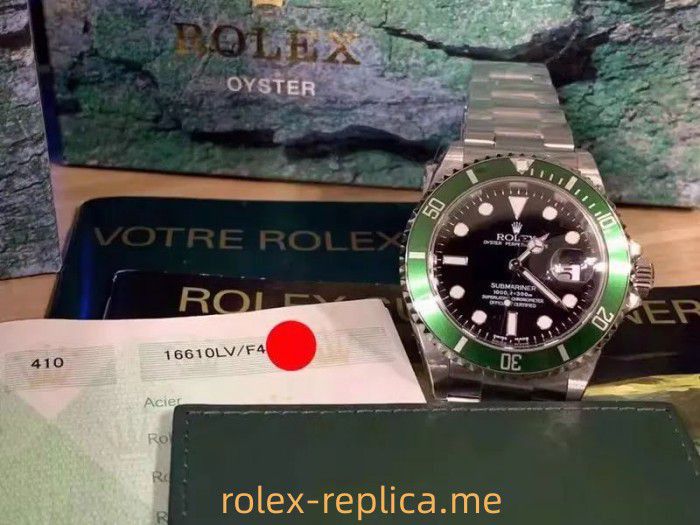
3. Is polishing suitable?
Restoring a watch to like-new condition is excellent, but think twice when the case is polished, the luminous material on the dial is replaced, or the dial is replaced or replaced with original parts. Watchmakers and technicians often want to polish a watch to make it look new, but this changes the original finish and taste of the metal and can also reduce the watch’s value and collector’s interest.
Additionally, the lugs may become uneven after polishing, with one thinner than the other, which may be structurally unsightly and require post-finishing to achieve visual consistency.
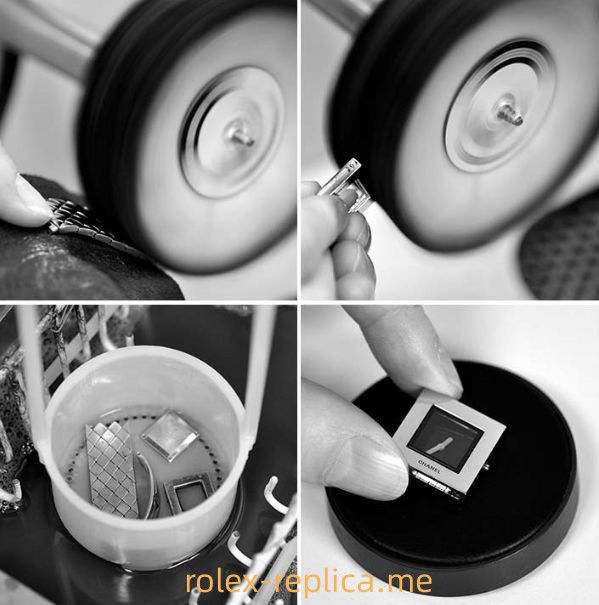
4. Communicate clearly with the watch repairer
If you want to maintain the value of your watch, choose the proper watchmaker and tell them precisely what you want it to do.
It is crucial to communicate with a watchmaker or watch repair company. You must tell them if you want to keep parts from being replaced or your watch polished.
Sometimes, even if you inform them, the watch will be accidentally polished, or other beautification mistakes will be made. These changes will significantly affect the watch’s value and cannot be restored.
An irreparable mistake during a watch repair can bring collectors to tears, so building a trusting relationship with your watchmaker is crucial. Like parents have a trustworthy nanny, collectors should do a better job maintaining their relationship with a trustworthy watchmaker!
5. Don’t change the dial and bezel
Typically, the dial is the most expensive. From the 1930s to the 1950s, the dials of watches were often coated with radioactive radium. If they were shipped back to Switzerland for maintenance, the company might no longer be able to export them legally under current Swiss laws. Therefore, for some brands, if they want to return their watches with radium, they can only go to Switzerland to retrieve them in person.
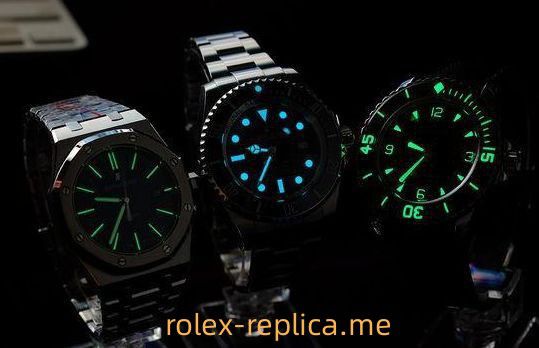
Removing radium materials can significantly reduce the value of a watch; the same goes for crowns and bezels.
6. Replace the dial crystal.
The crystal is usually the least important part of a watch regarding aesthetic value, but having the original crystal is an advantage.
When the original crystal is scratched or cracked, the beauty of the watch will be reduced. At this time, collectors can replace it according to the different requirements of the watch. Some watches from the sixties, such as the Omega and Universal, feature a crystal with a logo in the center, which makes them more attractive to collectors. Likewise, some ancient watches, such as the Panerai, have large domed crystals that are impossible to imitate or rare non-round crystals. At this time, having the original crystal is entirely different.
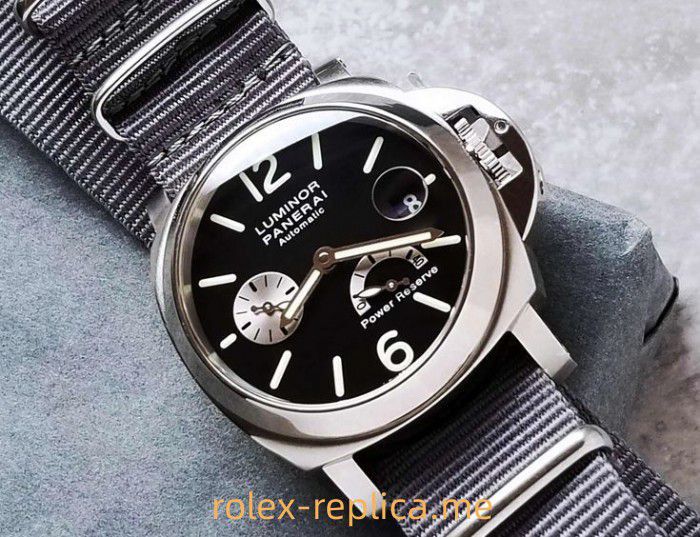
If you change the dial crystal, be sure to ask the watchmaker or company doing the refurbishment to return your watch with the original crystal so that you can sell it together.
7. Keep the original strap and watch sections
Original straps are increasingly valuable to collectors. This refers explicitly to (non-)leather straps.
Sometimes, they have unique aesthetics, such as models designed by Gay Frères for Patek Philippe, Rolex, and other brands. Noob replica rolex.
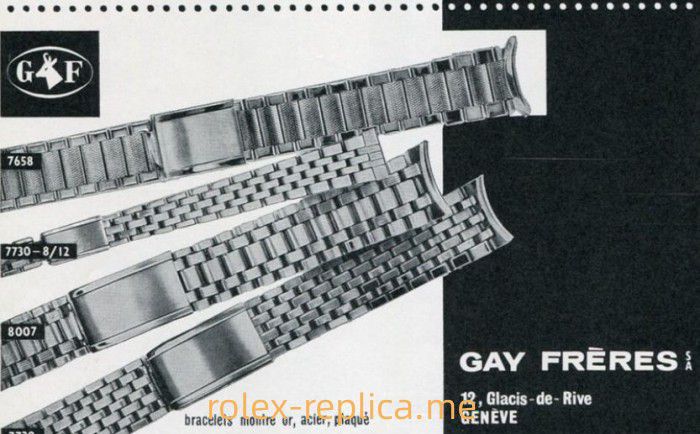
More and more collectors now want their watches equipped with watch straps for appearance and matching. Finding the right strap for a vintage watch can be difficult, as straps often wear out and are replaced over time, but keeping them away has advantages for the watch’s added value.
By the way, you must keep the watch links you remove. Patek Philippe Nautilus, steel watch links, cost 2000-3000 RMB per piece. Patek Philippe replica.
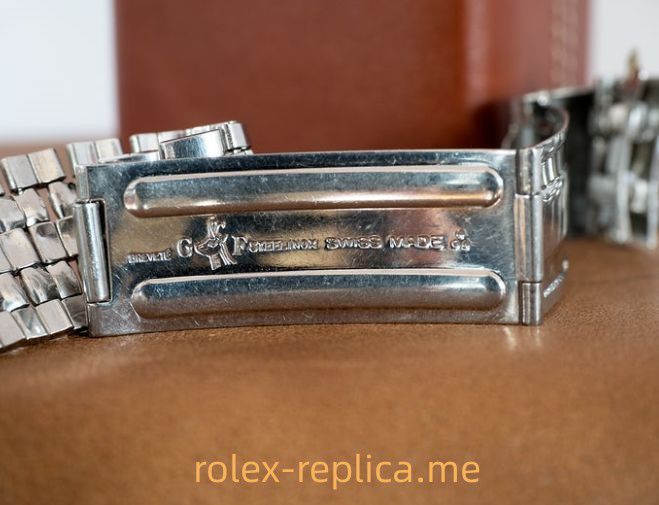
8. Keep the complete set of certificates and watch boxes
Many will throw away the certificate and watch box after buying a watch. When it comes time to sell, you won’t be able to find it. In second-hand transactions, if there is an original warranty card (certificate), the watch’s value will increase by thousands (take Rolex as an example).
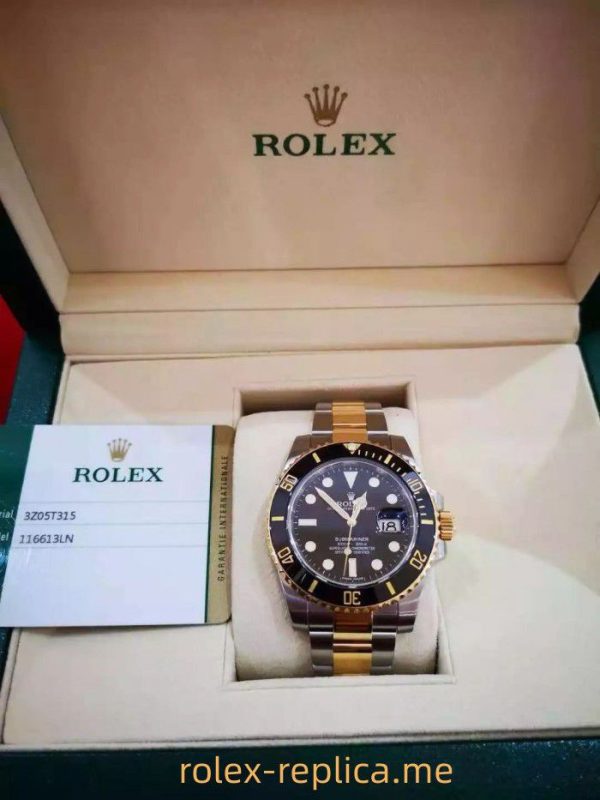
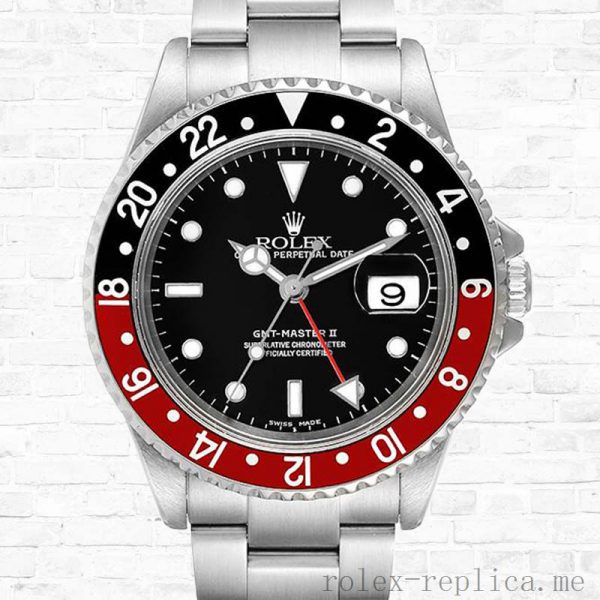
Series: Gmt Master Ii
Case Color: Silver-tone
Model: 16710COKE
Band Color: Silver-tone
Brand: Rolex
Case Size: 40mm
Band Width: 20mm
Gender: Men’s
